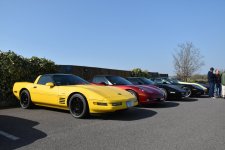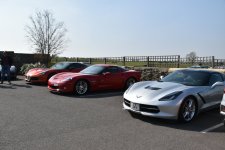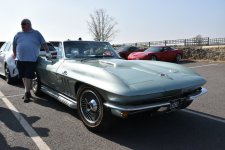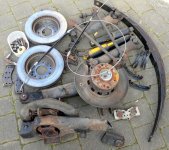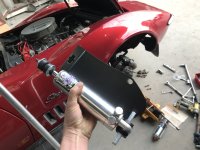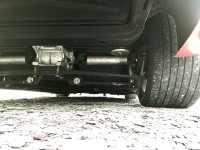CaptainK
Moderator
Yesterday I did something I was planning on doing ages ago, but forgot - check to see if my Corvette really does have a numbers matching engine. It does. It was sold to me as engine matching and all paperwork etc, but I just forgot to check it along the way. Possibly silly, but meh, impulsive buy at the time, what can I say.
Anyway, checked the engine number on the flat part in front of the passenger side cylinder head, and checked the block number at the rear of the driver's side cylinder head. After a bit of internet decoding, it all matches up to my vehicle and is what I expect to be in there - a 327/300hp with manual trans. I like it has part of my VIN on the engine too.
So its nice to know it is all as expected, but shame it hadn't been converted to a super-power engine and I was just driving it wrong.
Anyway, checked the engine number on the flat part in front of the passenger side cylinder head, and checked the block number at the rear of the driver's side cylinder head. After a bit of internet decoding, it all matches up to my vehicle and is what I expect to be in there - a 327/300hp with manual trans. I like it has part of my VIN on the engine too.
So its nice to know it is all as expected, but shame it hadn't been converted to a super-power engine and I was just driving it wrong.

